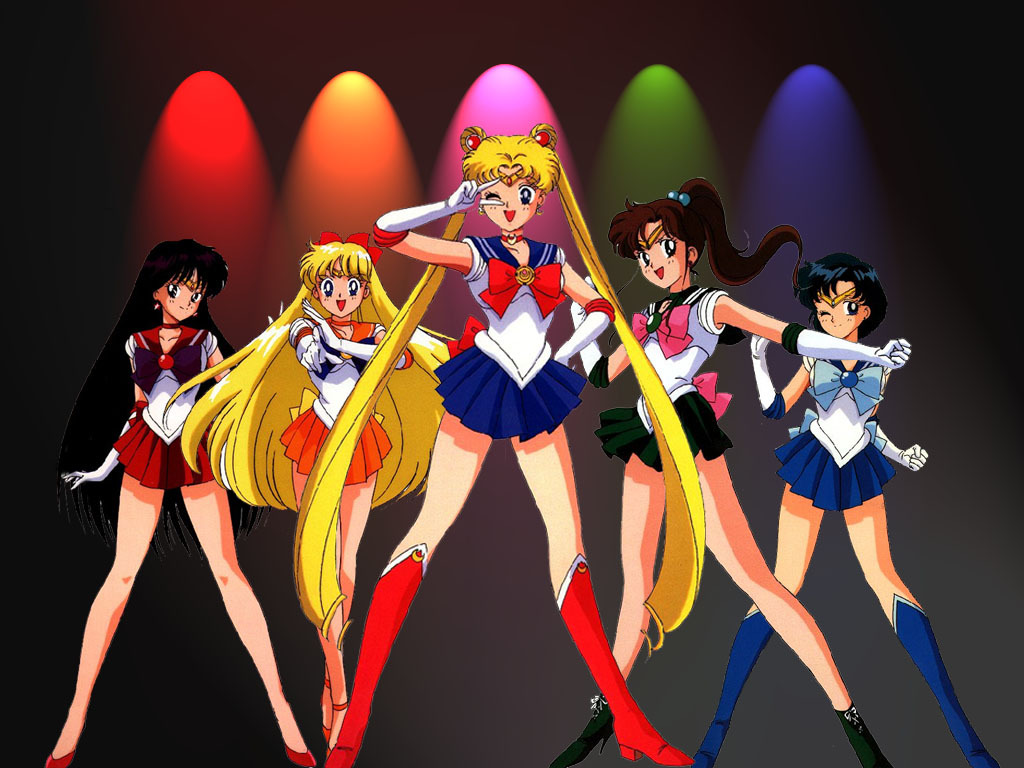Reality TV is a guilty pleasure of mine, as it is of many other people's. I know my parents are addicted to shows like American Idol, America's Got Talent, and Judge Judy. I find myself watching often the 'fly-on-the-wall' type of things such as Geordie Shore, which follow a documentary type of Reality-TV.
Documentary film making in the realist-approach was initiated in the 1920s and 1930s (Biressi, A. & Nunn, N., 2005). "The aim was to involve viewers in the general social process both at the micro level of the community and the macro level of the life of the nation." (Biressi, A. & Nunn, N., 2005, pg. 36).
Hill explains that Documentary television gave news and humorous or eccentric stories in the 1960s and 1970s (2005). When the genre collided with the tabloid-obsessed society, reality TV rose and the Documentary-genre of television had met it's 'demise'. When television shows focusing on emergencies and crimes, such as
Rescue 911 became popular, a new type of trend appeared. It is referred to as 'infotainment' (Hill, 2005). This created a new form of television in the same documentary-style, as people became curious and gained the 'human-interest' aspect, halting the obsession with action-packed television (Hill, 2005).
You can see evidence of the human-interest in shows such as
Survivor, which my parents watch frequently. This show allows you to view how people react in a "stranded on and island" situation, and what they would do to win 'the big money'. It combines the idea of a documentary-styled television with the Game-show subgenre of reality TV. You follow the people - real people - around and they include their comments on certain events, allowing you to get inside of their head in a video-diary type of way. This is a similar format to the one that was used in the screening of
Cathy Come Home(1996), directed by Ken Loach, that we watched in the tutorial. The idea of her narration to the camera is evidently used in today's television. The scripted docu-soap had more of a sense of realism to it than most of reality TV today.
The most difficult thing I find about reality-television is when you can blatantly tell that the piece is scripted. It ruins the foundation for what reality-tv became famous for: the idea of factualism... realism behind what you see. Although I like the documentary-styled reality shows (particularly the "fly-on-the-wall" ones, because it gives you a feeling that the cameras are not there and this is how the people would normally act and live), when I watch the new "reality-television" that is on channels like MTV now-a-days, I feel like they assume I'm a fool. I understand the entertaining aspect of the silly shows like "Date My Mom" or the dating shows such as "A Shot At Love with Tila Tequila", I can't count the number of scripted lines they so obviously say. The way they speak infront of the "invisable" cameras on the dating shows allows me to believe for about 0.5 seconds that it is real, which breaks the whole idea of "reality" TV, as they quote out comebacks and silly lines.
Hill, A. (2005)
The rise of reality TV. In A. Hill, Reality TV: Audiences and Popular Factual Television.
(pp. 15 – 40). Oxon: Routledge.
Biressi, A. & Nunn, N. (2005).
Real Lives, documentary approaches. In Reality TV: realism and revelation.
(pp. 35-58) London: Wallflower.










